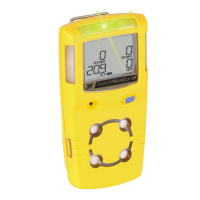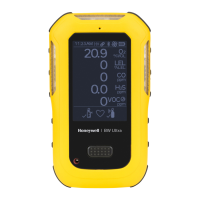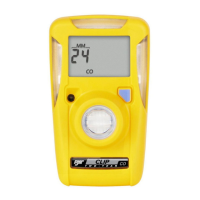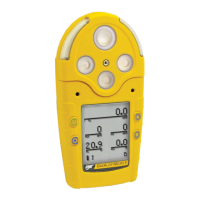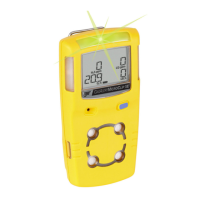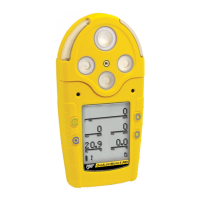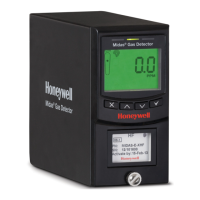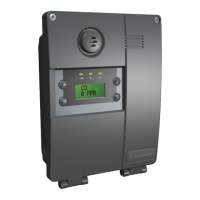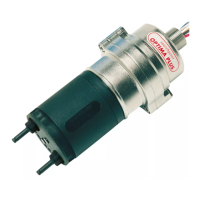Gas Alarms
Delete this text and replace it with your own content.
Gas Alarm Setpoints
The alarm setpoints trigger the gas alarms and are described in this section.
Alarm Condition
Low alarm
Toxics and combustibles: Ambient gas level above low alarm setpoint.
Oxygen: Ambient gas level may be set above or below 20.9% (or 20.8%).
High alarm
Toxics and combustibles: Ambient gas level above high alarm setpoint.
Oxygen: Ambient gas level may be set above or below 20.9% (or 20.8%).
TWA alarm Toxic only: Accumulated value above the TWA alarm setpoint.
STEL alarm Toxic only: Accumulated value above the STEL alarm setpoint.
Multi-gas alarm Two or more gas alarm conditions simultaneously.
Computed Gas Exposures
WARNING
To prevent possible personal injury, do not deactivate the detector during a work shift. TWA,
STEL, and MAX readings reset when the detector is deactivated.
Gas
Exposure
Description
TWA
(H
2
S and
CO only)
Time-weighted average (TWA) based on accumulated exposure to toxic gases
averaged over a workday according to OSHA method.
Default: OSHA 8 hour moving average.
User-defined: 4-16 hour moving average.
STEL
(H
2
S and
CO only)
Short-term exposure limit (STEL) to gas based on a 5-15 minute user-defined
period.
Maximum*
(peak)
Maximum (MAX) concentration encountered during work shift.
* For oxygen, it is the highest or the lowest concentration encountered.
BW MaxXT II 59 User Manual
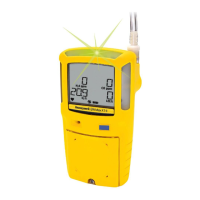
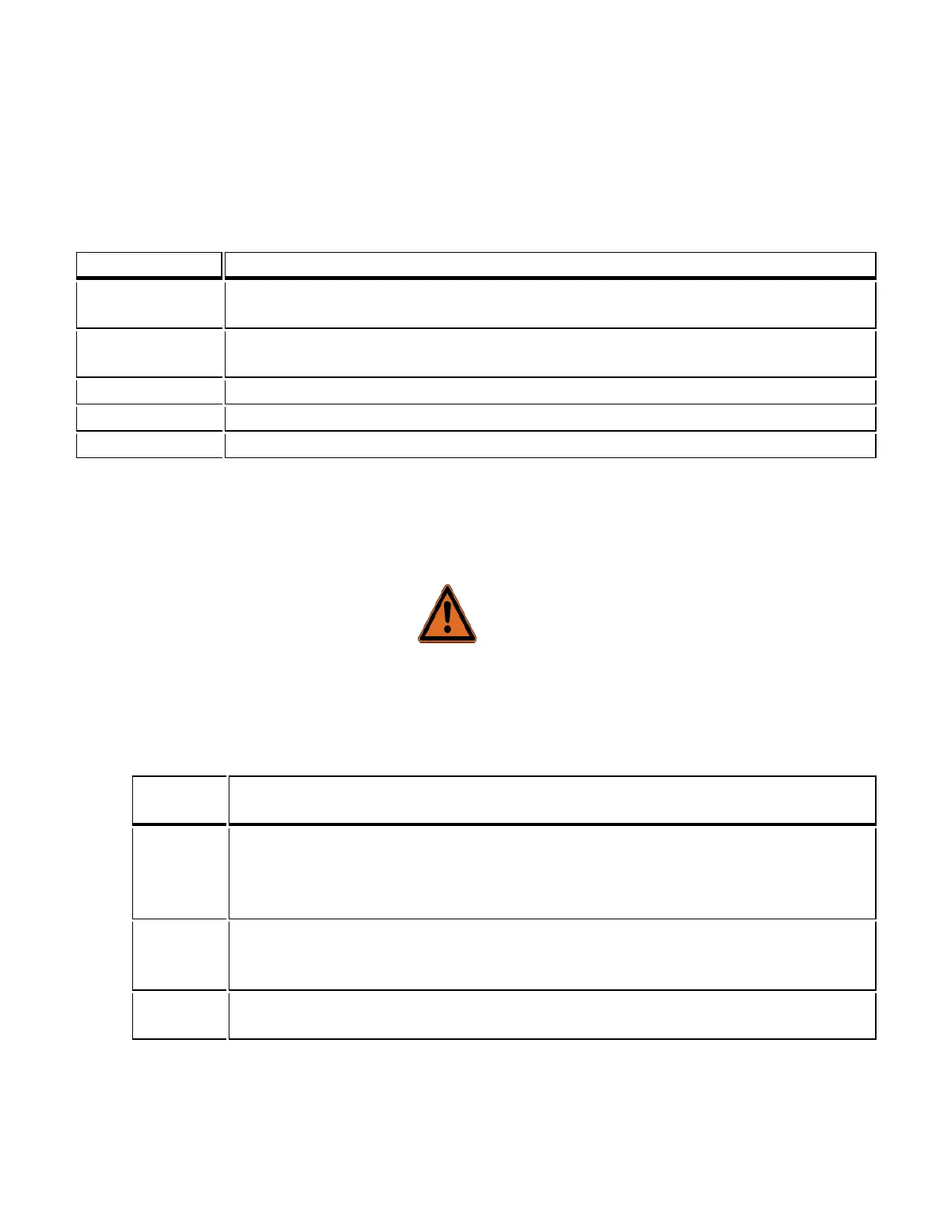